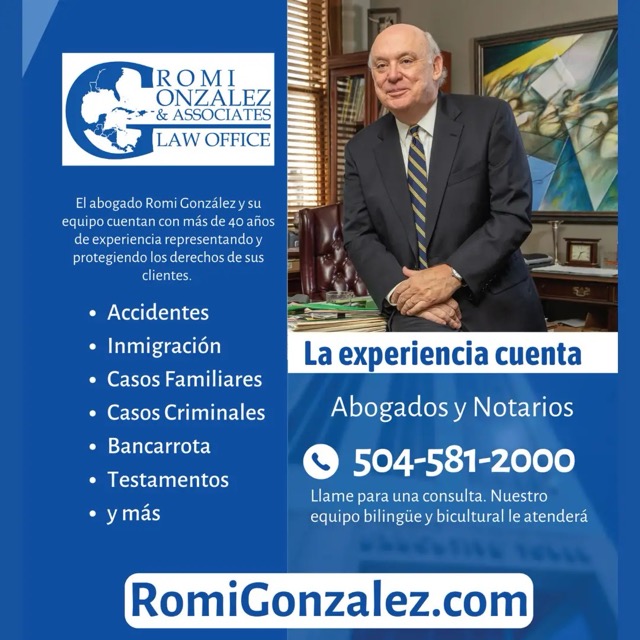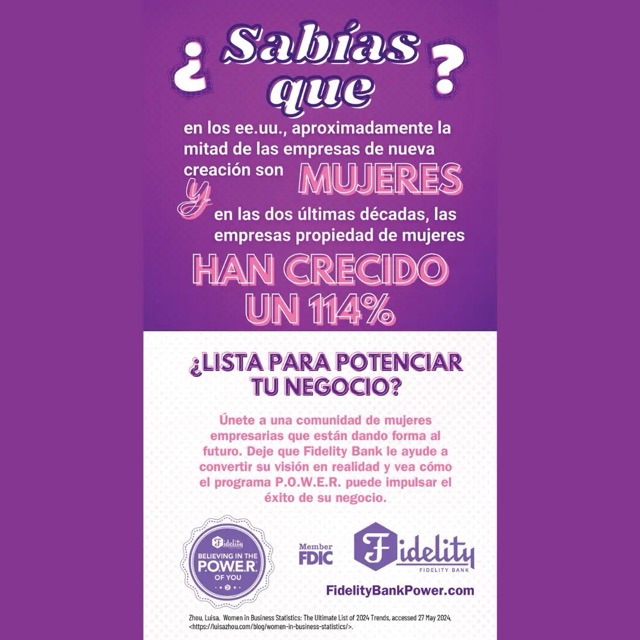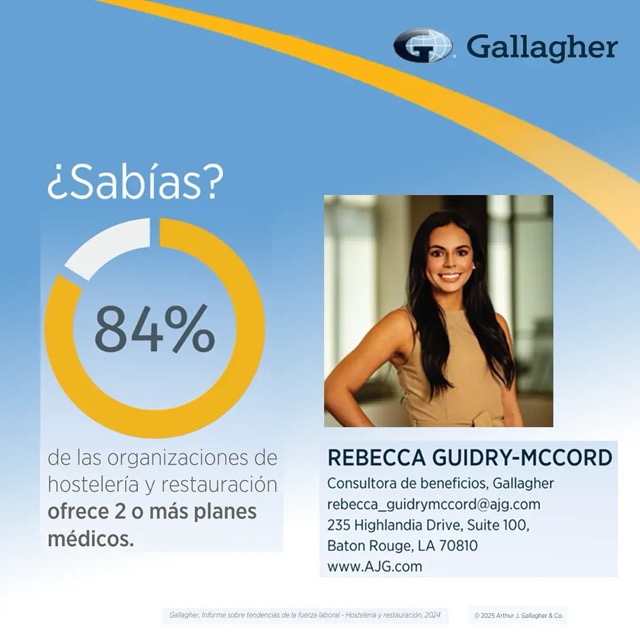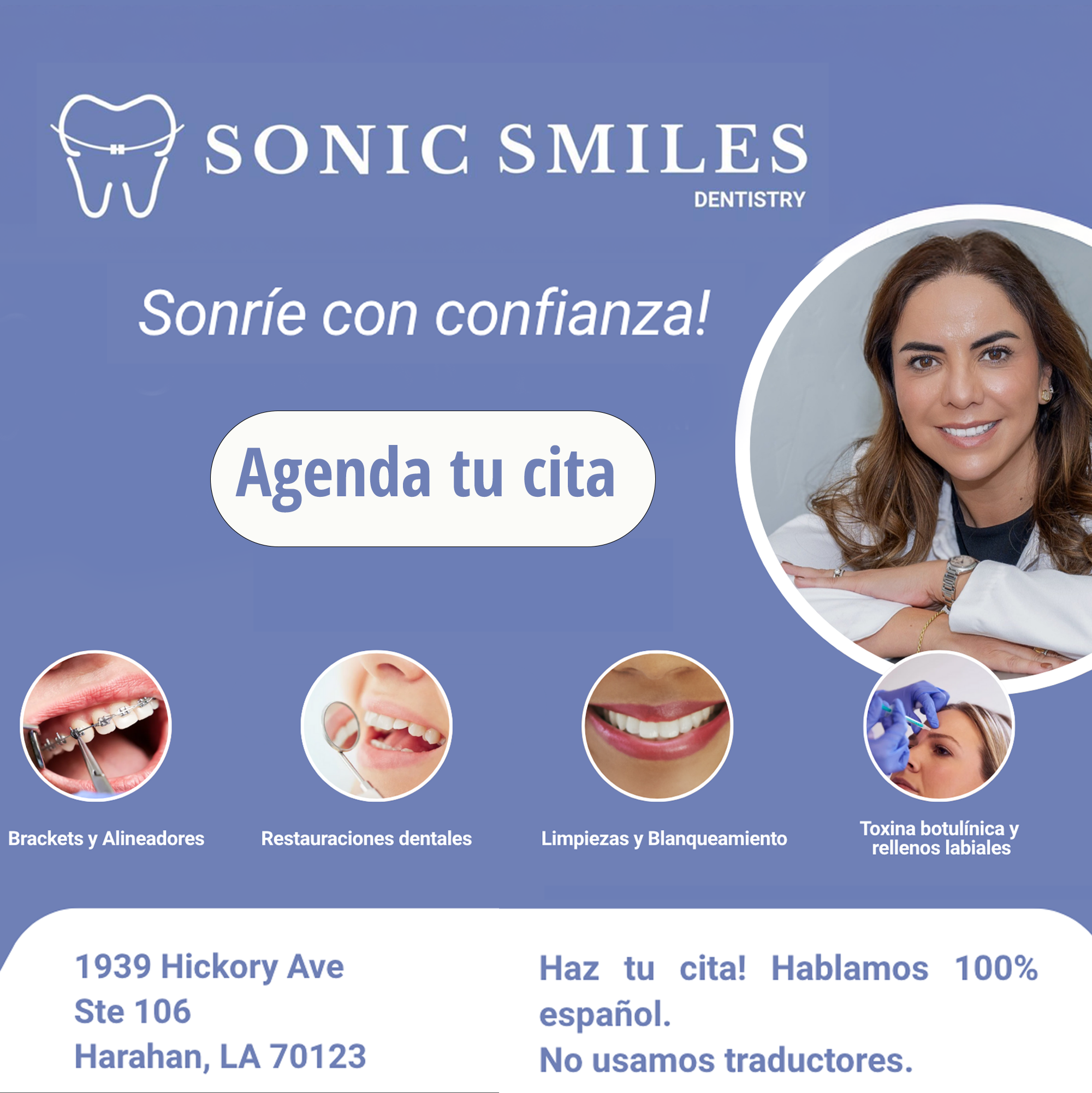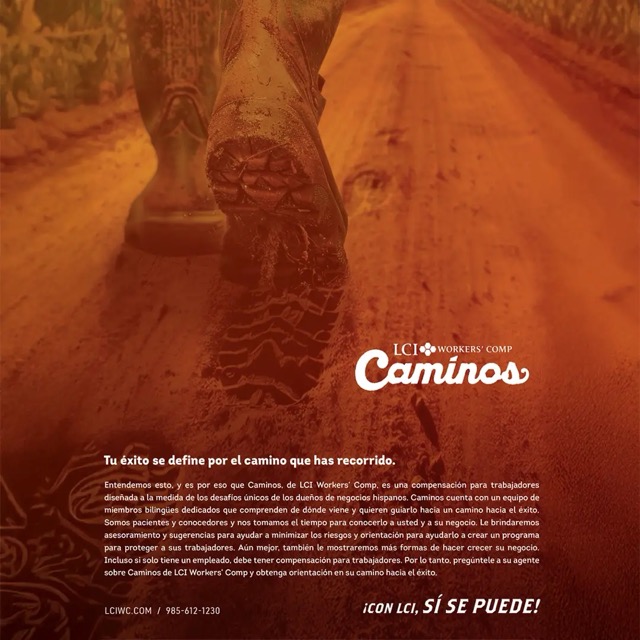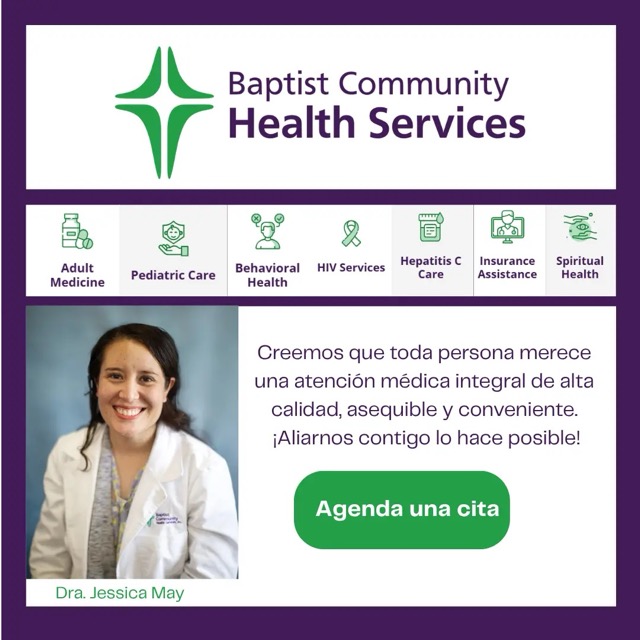Transplanting Hope
By AnaMaria Bech
Click aqui para español- >Trasplantando la esperanza
Did you know the leading liver transplant unit in the U.S. is located along the Mississippi River in the state of Louisiana? More than 150 health professionals are dedicated every day to protecting the integrity and lives of patients who are hoping for a rebirth through an organ transplant, or who have already been fortunate enough to have received one at Ochsner.
The Multi-Organ Transplant Institute at Ochsner is the busiest and most experienced center in the Gulf of Mexico region. Since its establishment in 1984, this unit has performed more than 7,000 liver, kidney, pancreas, heart and lung transplants, which have saved the lives of children and adults from 37 states and 10 different countries.Currently, Louisiana is receiving great recognition at the national level thanks to the positioning of the Institute.
{module ad}
The hospital does not decide the order of the transplants, and there are organ procurement organizations that set the parameters which are different for each organ. There are many variables in these guidelines, such as blood group, size, medical emergency, geographic location, and waiting times, primarily. The intention is to use the largest number of organs from a single donor, what is known as a multi-organ donor.
Within the exceptional team at the Institute, we highlight the participation of three Latin American professionals who have brought their experience and
passion to the project. Venezuelan doctor Ana Milena Hands and Colombian doctors Jorge Garcés and Humberto Bohórquez stand out in the team, where the camaraderie and trust between colleagues is key to exceptional performance.

Ana Milena Hands
Dr. Hands earned her Bachelor of Science degree in Biology and Psychology from the University of Monterrey in Mexico and received her medical degree with honors from the University of Zulia in Venezuela. She then completed her training in Adult and Adolescent Psychiatry at the Medical College of Georgia in Augusta, Georgia. In 2009, Dr. Hands received the New Orleans City Business Health Care Hero award for her work on integrating Hispanic immigrants with optimal patient care in post-Katrina New Orleans. She serves as the Administrative Director of the Multi-Organ Transplant Institute and serves as vice-president of the International Department at Ochsner.
After practicing psychiatry for more than 20 years, Hands found a new mission in Ochsner that has fulfilled her life. Despite initially not knowing the process of transplants, Hands has developed a great passion for the subject, and has worked together with her colleague and Medical Director Dr. George Loss, to turn the institute of organ transplants into one of the leading transplant centers in the U.S. “For me, working in transplants has been a pleasant surprise; it is a fascinating world from many points of view.”
Something that fills her with pride is to have a very close team of professionals that feels like a great family. “From the professional point of view, in the capacity of each individual, they are exceptional,” says Hands, noting that these doctors are also quality human beings, judging from the way they connect with the families and patients. “Participating in various seminars and international conferences, I realize that we count with a superior level and knowledge in our exceptional team.”

Jorge Garcés
Doctor Garcés is one of the four nephrologists in the kidney transplant team. He studied medicine at the Universidad del Valle in Cali, Colombia. He completed his internship and residency at Hahnemann University and Fitzgerald Mercy Hospital and completed his transplant fellowship at the Albert Einstein Medical Center, Thomas Jefferson University Hospital, and then at the University of California at Los Angeles. With the support of his brother, he obtained an American residency, which made his process easier to achieve his goal of practicing in the United States.
He arrived in New Orleans in 2002 to join the transplant team at Ochsner. His role is mainly a clinical role, where he takes care of patients from the moment they arrive to go through the eligibility evaluation for a transplant, through their illness, and during the recovery after receiving a kidney transplant. Ten years ago, he established an education component in the institute and directed the fellowship program for transplant nephrologists.
Garcés got interested in transplant work during his fellowship. “I had very good mentors at Einstein Medical Center. One of my mentors was instrumental in the creation of transplants in Philadelphia in the 60s and was someone who instilled a passion in the subject in me,” he says.
Garcés carries 80% of the process from the transplant referrals. The only thing he does not do is the surgery itself. He speaks with great pride in his work. “It is a job of great personal satisfaction because patients arrive in very bad shape with physical and emotional problems, and when they receive a transplant it is as if they go through a purifying filter and they get better physically and emotionally in an incredible way,” he says.
In the institution there are four transplant nephrologists in total, who integrate a highly educated and professional team, as well as multicultural, with members from the Dominican Republic, Chicago, and Iran. They are fortunate to be able to practice their profession and utilize great resources to do the best job possible.
Despite ethical debates, Dr. Garcés believes that everyone should consider being an organ donor.

Humberto Bohórquez
Dr. Bohórquez studied medicine at the Universidad Pontificia Javeriana in Bogotá, Colombia, completed his studies in abdominal transplant surgery at the Mayo Clinic in Rochester, and completed his fellowship at the Queen Elizabeth Hospital in Hong Kong. He worked in liver and kidney transplants in Colombia
before becoming part of the Ochsner Health System team in 2007.
Dr. Bohórquez never intended to practice in the US. After leading the transplants in Colombia with the Hospital Fundación Cardioinfantil, an achievement he feels very proud of, the opportunity to practice at Ochsner was presented to him. After going through a difficult period of adaptation, he has found a family in his Ochsner colleagues.
As an abdominal transplant surgeon, Dr. Bohórquez is involved in all phases of the transplants. Even, sometimes he has to travel and be present in the extraction of the organ to implant. He also serves as the director of pancreatic surgery. In this role, he conducts research and mentors fellows, something else he is very passionate about.
Thanks to the combined experience of the professionals of the transplant institute team and the synchronization established in the team, Louisiana accepts a larger number of organs to be transplanted and has a shorter waiting time than other transplant units.
Bohórquez explains that the coordination around the transplant is impeccable. Once the availability of an organ is notified, different equipment is put into operation. The receiver’s surgery team is enrolled, and simultaneously, either locally, or remotely, the surgeons on duty come to review the organ and perform the extraction with the donor. This synchronization allows to shorten the time and protect the integrity of the organ that is being transplanted. “Most of the transplants we do are around five hours. Those three hours make the difference and that is why we can use organs that other people do not use, because the faster they are placed, the better the chance that these organs work,” Bohórquez states.
As Bohorquez points out, Ochsner is currently performing over two hundred liver transplants per year, which makes Ochsner the liver transplant leader in the nation.

Awareness
One of the great downfalls in organ donation is the lack of awareness and education on what it takes to be an organ donor. Unfortunately, there is a lot of misinformation, and some people imagine that if they declare themselves as donors, they would be left to die in case of a medical emergency. In addition, when people declare themselves donors, often times their relatives, who have the last word, do not know about the wishes of the person to donate their organs, and decide not to continue with the donation.
Doctors Hands, Bohórquez and Garcés advise that the people who decide to be donors should clearly express their intention to their families, so that, in case the situation arises, their relatives can grant the donor’s wish to offer a chance to live to those who are in the transplant waiting lists.
Fortunately, Louisiana has a high percentage of donors, but the biggest battle is to bring education at all levels, to destroy myths, and above all, to educate minority communities that typically have low percentages of donors.

These three health professionals have in common the passion with which they perform their work. Their goal of providing a quality of life to their patients is what inspires them to continue learning, and in the case of Dr. Bohórquez and Garcés, to share their knowledge with fellows who will follow in their footsteps.
The work performed by each one of them within the transplant process is essential, but they put aside their merits to shine the light on the brave ones who decide to become organ donors.
The biggest sacrifice comes from anonymous living donors who dare to undergo surgery and donate a kidney or a part of their liver to give a second chance to someone else and provide a second chance to life. It is also admirable that families, during a very difficult situation such as the loss of a loved one, allow to grant the wishes of an organ donor to save the lives of others.
“They, the donors, are the real heroes,” emphasizes Dr. Hands.
{youtube}iFK95pzSdoM{/youtube}










